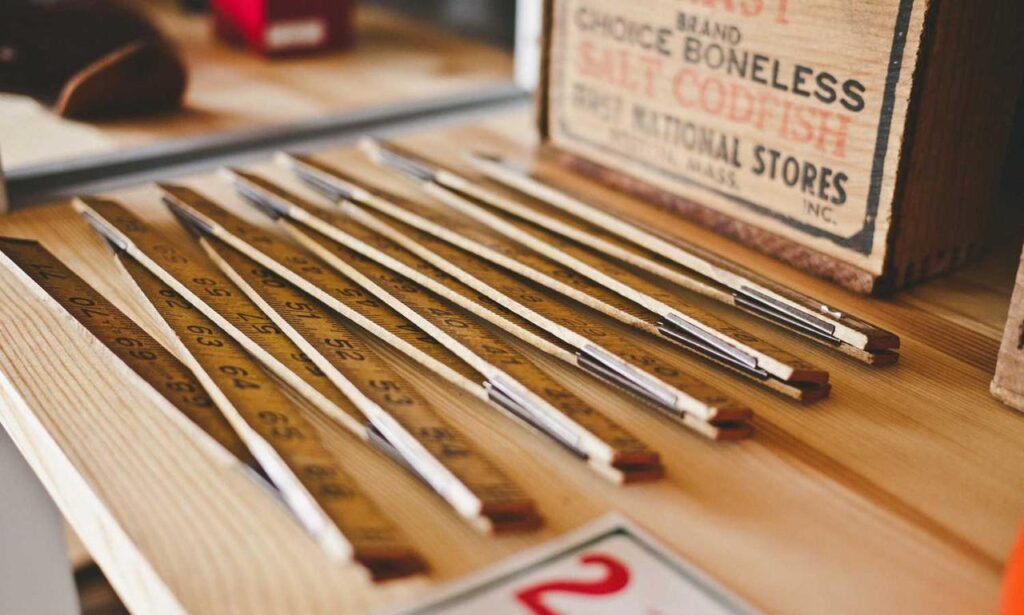What Is a Rappusmatto?
Let’s break it down. “Rappusmatto” is a Finnish term that translates to stair runner or stair mat. It’s a narrow carpet that runs along the center of a staircase, usually fixed in place with rods or adhesive. It’s most often used on wood or tile steps to add traction and reduce noise.
Unlike walltowall carpeting, this style of matting keeps the sides of the stairs visible, showing off the underlying material while adding comfort and grip in the middle. You’ve probably walked on one in a hotel, office, or traditional home without realizing it had a formal name.
Why It’s So Popular
There are a few reasons why the rappusmatto keeps showing up in welldesigned interiors. First, it’s functional. Wood stairs can be slippery. Tile is colder than an apology. A runner solves both problems—it warms up the look and feel of the stairs while also keeping people from slipping.
It’s also a soundsaver. If you live in a home with others, you’re probably tired of hearing the latenight stomp to the kitchen. Stair runners muffle foot traffic, which is gold if you have kids, roommates, or simply value peace.
Then there’s the aesthetic. A solid runner elevates your stairwell without overdoing it. You can go subtle or striking depending on the color, texture, and installation pattern. It’s the kind of design move that feels intentional—not flashy but not boring, either.
How to Pick the Right Rappusmatto
Choosing a rappusmatto isn’t complicated, but it does take a little planning. Here’s what you’ll want to look at:
1. Material
Wool is a classic pick. Durable, natural, and soft to the foot. Synthetic blends like nylon and polypropylene are great for budgetfriendly, hightraffic areas. Cotton runners offer a softer touch but may wear out faster in highuse spots.
Choose something that matches your house’s wearandtear reality. Got kids or pets? Go with synthetic or tighter weaves.
2. Pattern & Color
Light colors can brighten a staircase but also show dirt faster. Darker tones hide dust but can shrink space visually. Patterns like stripes can actually elongate or widen the look of your stairs.
And don’t sleep on texture. A loop pile looks structured and clean. Cut pile is softer and a bit more luxurious. The key: pick something you’re not going to get tired of in a year.
3. Installation Method
You’ve got two main options:
Adhesive mount: Cleaner look, no visible rods, but harder to remove if you change your mind later. Rod & bracket: A more traditional look with visible hardware at the base of each step. Easier removal but slightly more ornate.
Either way, unless you’re handy with tools, you might want to bring in a pro to ensure it’s tight and safe.
Maintenance and Durability
A rappusmatto deals with a lot of abuse—feet, shoes, spills, dirt. Regular vacuuming is step one. A cordless stick vacuum works especially well for narrow surfaces.
For deeper cleaning, check the material. Wool may need periodic dry cleaning; synthetics are often steamcleanfriendly. Spotcleaning is vital if you’re trying to keep a light or patterned runner looking fresh.
Also, check the runner’s grip or underlayer over time—loose mats are more dangerous than helpful. If you notice sliding or wear, it’s time to retack or replace.
Where to Use It
Obviously, staircases are the main spot. But don’t limit the idea. A rappusmatto can run down short step sequences in splitlevel homes or be adapted for riseronly coverage (which adds design without fullfloor contact).
You can even see them used creatively in cafes or boutique stores where the aesthetic of a narrow rug adds character without taking up room.
Front staircases, basement access steps, attic approaches—they’ve all got potential. Just make sure your stairs are clean and structurally solid before installing any covering.
Sustainable and Local Options
It’s worth mentioning: if you’re into sustainable home choices, you can find runners made from recycled fibers or produced locally in Nordic and European countries, cutting down environmental impact. This is especially true for traditional Finnish homegoods shops and online vendors that specialize in home textile goods.
Buying local or ecoconscious versions might cost a little more, but the quality often holds up longer—and frankly, the design tends to stand out more.
Final Thoughts
Adding a rappusmatto to your stairs is one of those decisions that makes sense on multiple levels. It’s easy, affordable, and boosts both safety and design. Whether you’re aiming for cozy and traditional or modern and sharp, there’s a pattern, texture, and mount style to match.
Just don’t overthink it. Go for something that fits your lifestyle, looks good with your flooring, and makes you feel good walking up and down your stairs. After all, it’s not just about how your home looks—it’s how it feels to live in. And sometimes, a simple stair mat makes a surprising difference.



